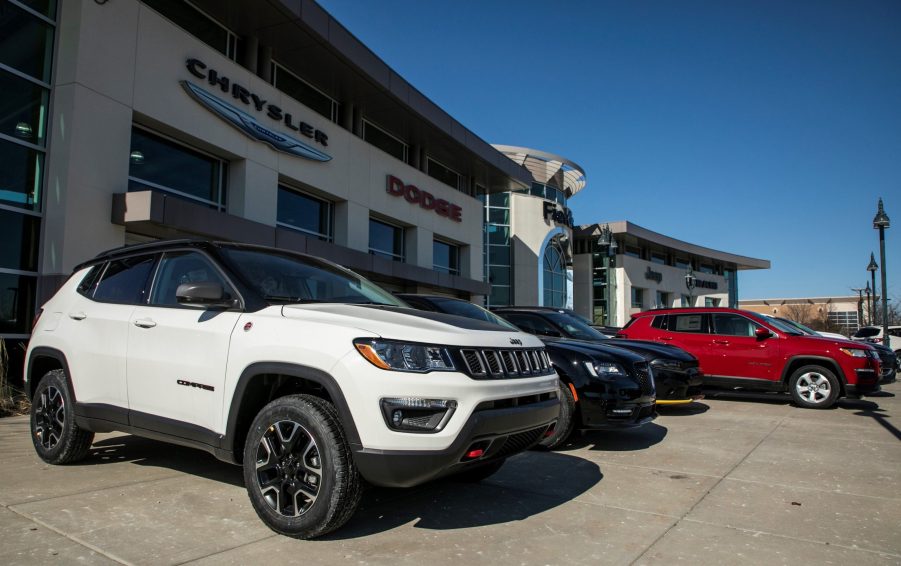
Jeep, Dodge, and Chrysler Are Gouging With Destination Charges
What’s are destination charges? It has always been an oblique charge that can take in a variety of shipping and dealer fees. “Inland freight and handling fees,” what the heck is that? With Jeep, Dodge, and Chrysler, it is an ever-increasing charge that seems like a gouge. So, what’s going on with Stellantis’ destination charges?
Destination charges are just an upfront way to get into your pockets
Many would say destination charges are just an upfront way to get into your pockets. “The auto industry’s relative silence on the rise of destination charges is a bit deafening,” says David Friedman, Consumer Report’s vice president of advocacy. “If they had a valid reason beyond just driving up the price, they would actually be able to point us toward specific examples of costs that have gone up within the shipping process.” But alas, they usually can’t.
So how much are we talking about? For Stellantis, destination charges since 2011 have increased by 90% on Jeep, Dodge, and Chrysler vehicles. For Ram trucks, a 74% rise has been the average. And for struggling Fiat, the increase is an astounding 114% since 2012.

Consumer Reports has for example the Jeep Cherokee. It went up $1,495 in 2019 and almost $1,000 in 2016. That’s a 50% increase in only three years. But Stellantis isn’t the only culprit.
Ford is doing its fair share of destination charge gouging
Ford is doing its fair share of destination charge gouging. For either the Bronco or Bronco Sport, the fee is $1,495. The 2021 F-150 and Ram 1500 pickups destination charges are $1,695 each.
Some manufacturers defend the rises by deflecting to costs rising for them. Freight and logistics costs have gone up. So the manufacturer is only passing along the costs. Yeah.

Another excuse is that trucks are larger than cars, so fewer are able to fit on rail cars or transporters than in previous years. But while this makes some sense, the question becomes how other manufacturers are able to keep those costs down? They’re essentially using the same transporters and methods for shipping vehicles.
Why is the destination fee a separate fee?
Getting a vehicle to the dealership is not an option. Alloy wheels might be. Three-stage paint is. But you’re not charged a separate charge for tires. Or headlights. So why is the destination charge a separate fee?
“The automaker should be responsible for getting their product to the retailer, just like eggs to a grocery store or electronics to a store such as Best Buy,” Jack Gillis, executive director of the Consumer Federation of America, told CR.
Destination fees are just the tip of the iceberg. There are Advertising charges, Dealer Prep charges, Documentation, and something called a Marketing Adjustment. We’ll dive deeper into these charges in future MotorBiscuit missives. They’re as kooky as the Destination Charge in case you were wondering?



